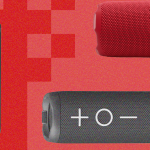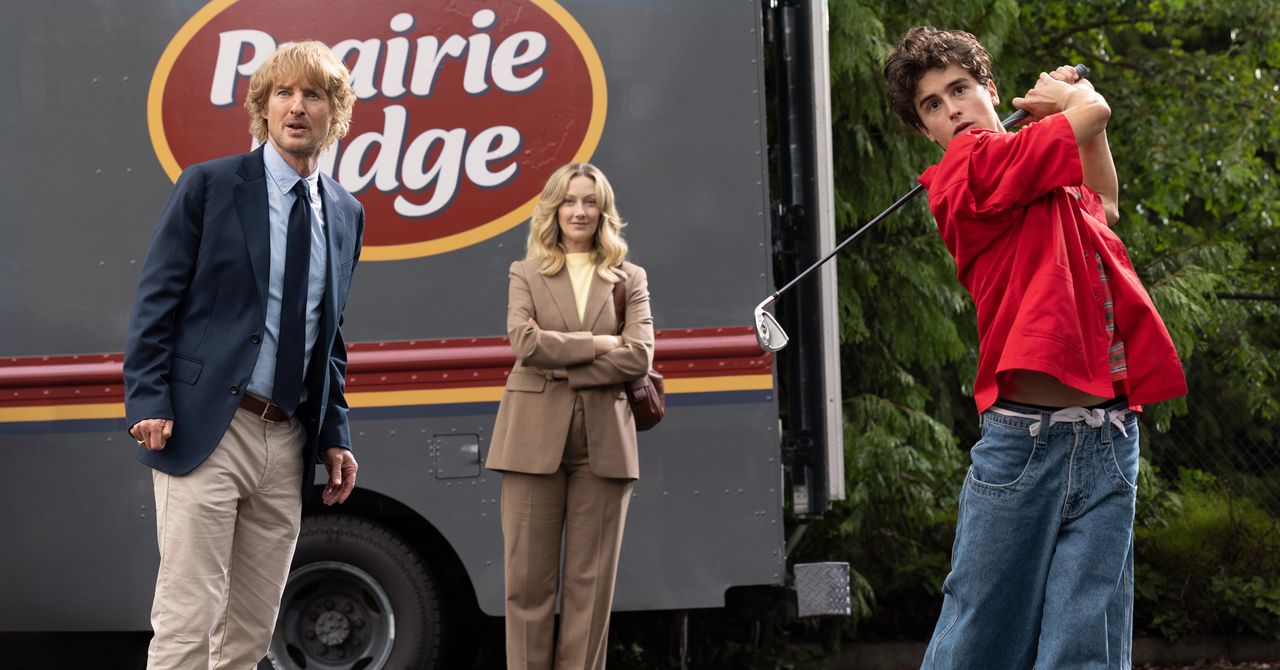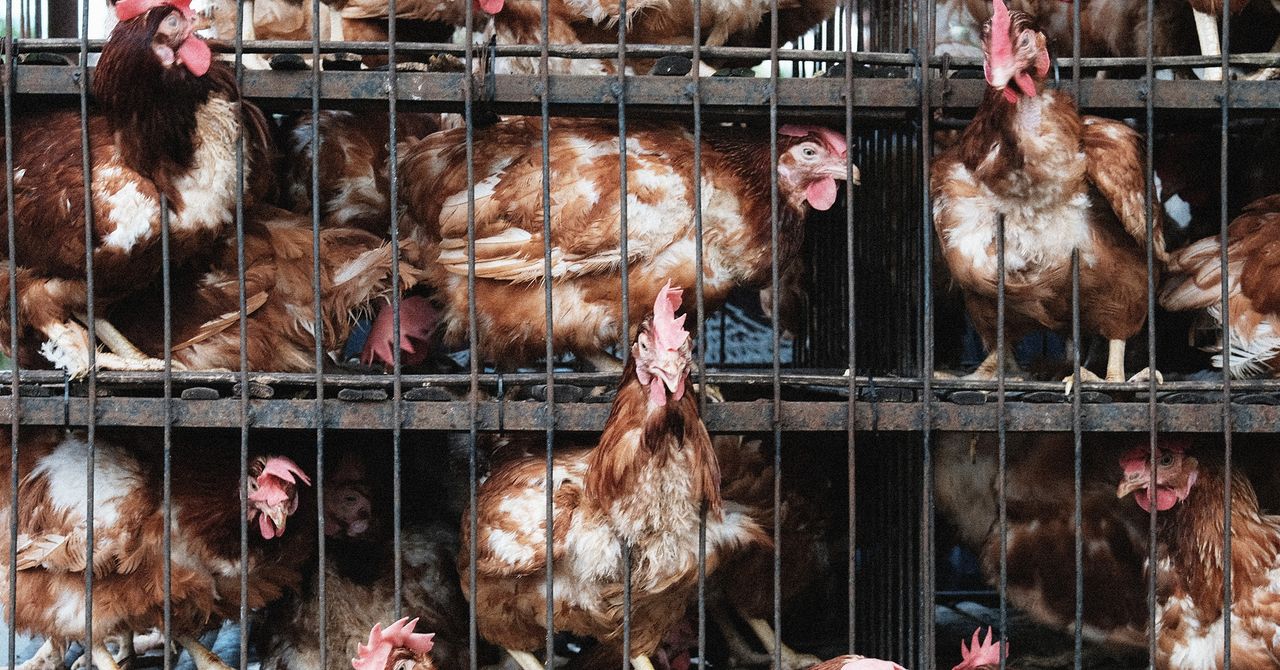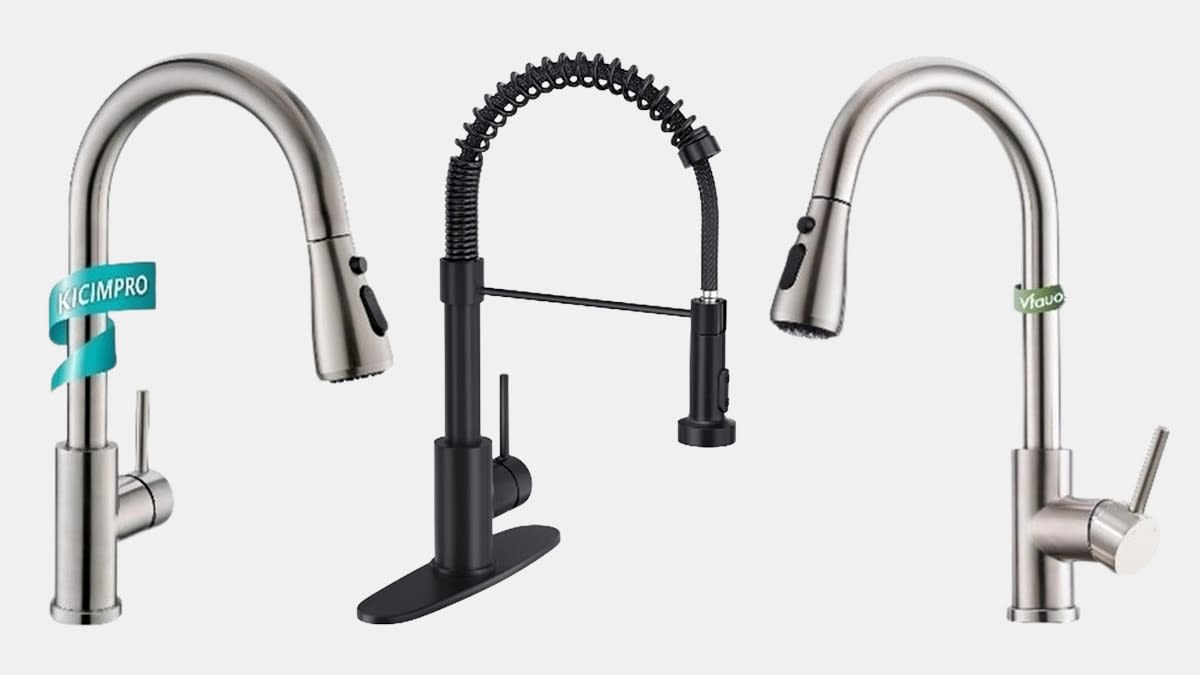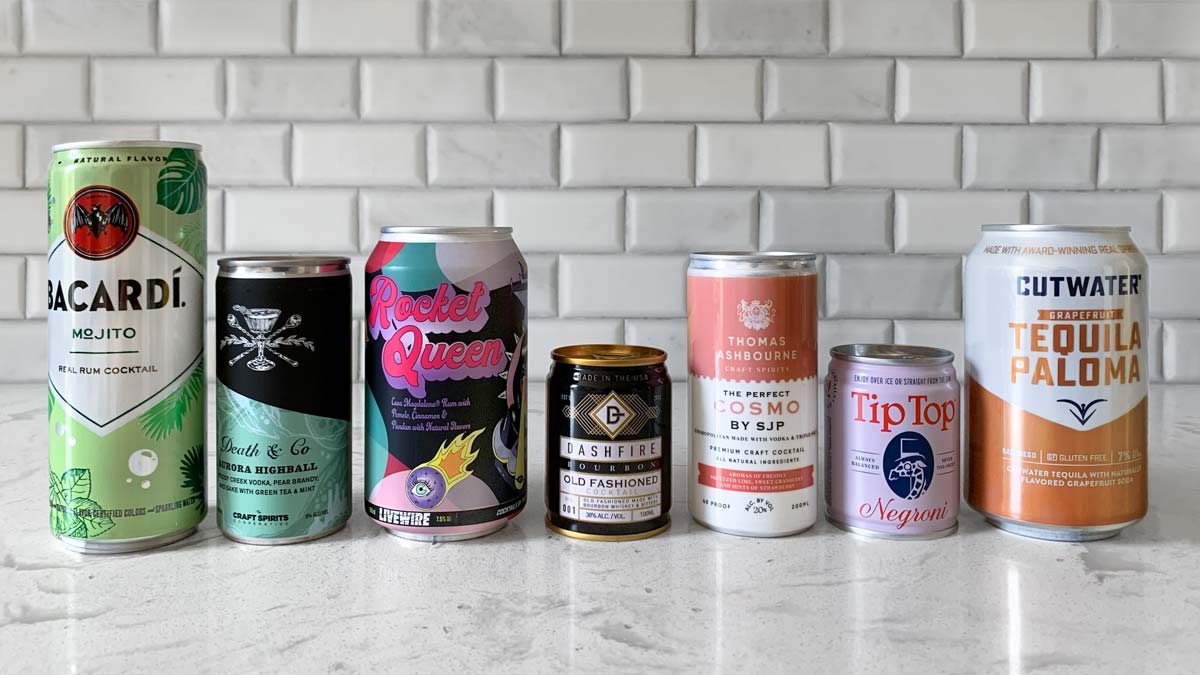
I was surprised to learn that canned cocktails aren’t a new invention but have existed since the early 20th century. They’re descended from bottled cocktails, which saloons sold in the 1860s and perhaps earlier, according to David Wondrich, a cocktail historian and author of “Imbibe!”, which won a James Beard Award. By the 1890s, ready-to-drink cocktails emerged from saloons and became nationally distributed products.
“Heublein’s Club Cocktails were the pioneers here, followed by Golden Lion and Sazerac cocktails, all distributed nationwide by 1900 or 1901,” Wondrich says. Most of these drinks didn’t use fresh citrus or other juices. An early advertisement for a Heublein Club Cocktail, aimed at women, featured a proper Victorian lady instructing her butler, James, to “bring me a CLUB COCKTAIL. I’m so tired of shopping, make it a MARTINI. I need a little Tonic and it’s so much better than a drug of any kind.”
Cocktail mixing was primarily left to the professionals in the early days, hence the popularity of premixed varieties. The first canned cocktail was introduced in 1935, but Prohibition put a pin into the popularity and survival of ready-to-drink cocktails, which wouldn’t become popular again until after World War II, before once again waning in the 1990s. According to Smithsonian Magazine, it’s not clear why canned cocktails nearly disappeared from liquor store shelves and home bars. It’s certainly cheaper to buy your own base spirit and simple mixer than it is to purchase a canned cocktail, and if you have simple needs when drinking at home—or if you prefer wine or beer, particularly as craft beer exploded in popularity in the late ‘90s—there’s little need to buy canned cocktails.
So what’s with their reemergence now? Canned cocktails follow closely in the footsteps of hard seltzers like White Claw. They’ve also gained steam as growth in the ready-to-drink cocktail category exponentially accelerates.
Consumers were also, quite simply, curious about the cute little cans they saw springing up at their local liquor shops. “There was this real sort of novelty factor and an interest just by virtue of that novelty,” says Tom Geniesse, founder and owner of Bottlerocket Wine & Spirit in New York City. But “very rapidly, consumers got over any hesitation about alternative packaging.” Now, he says, they’re enthusiastic about ready-to-drink cocktails, where there’s been an “explosion” of new products.
In the early years of the recent canned cocktail renaissance—i.e., 2019 and before—many of the options were of mixed quality. Experts say they’ve been more impressed by newer releases. “Now you’re seeing people putting money, time, energy, and talent into putting something delicious in the can, which is tricky,” says Joshua Bloom, co-owner of Duke’s Liquor Box in Brooklyn, New York.
Geniesse agrees. “Now there’s this enormous flood of product on the market, which is terrific because it means that some percentage of those will be very high-quality and desirable.”





